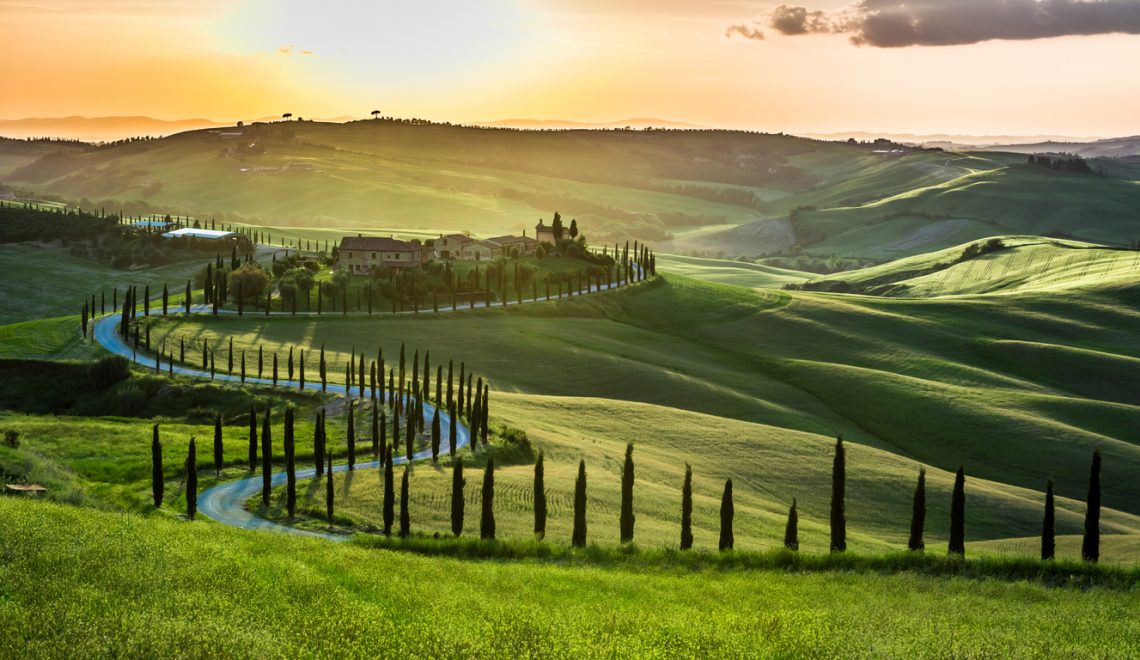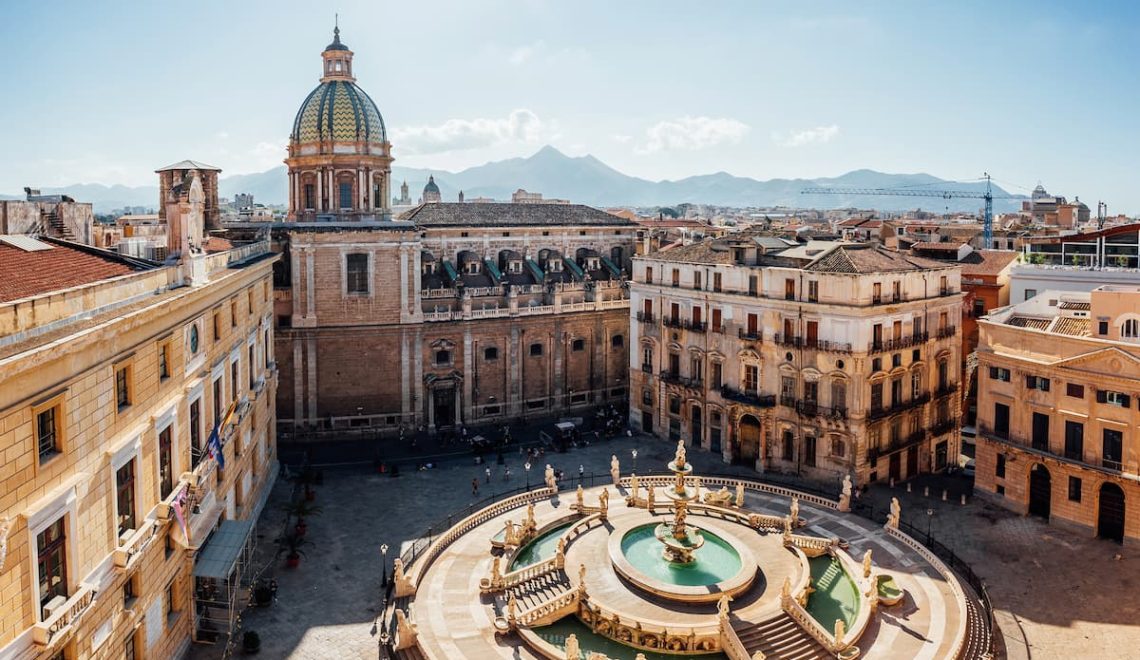
It is not as famous as other Italian cities, so much so that we often ask, “What is there to see in Brescia?” You’ll be surprised, here’s why.
Brescia, the lioness of Italy, is certainly one of the lesser known Italian beauties from a tourist perspective. If you happen to talk about it, or to pass by it during a train journey, not infrequently you will hear someone ask: “What is there to see in Brescia?”.
Yet it is a real gem, with a large number of UNESCO world heritage monuments, and it also has a rich and long food and wine tradition, for which it would certainly be worth a trip.
So, what is there to see in Brescia? Lots of interesting surprises! Did you know, for example, that you can also visit Brescia by via underground itineraries guided by the Brescia Underground Association?
In any case, the main attractions can be visited comfortably on foot, as they are all concentrated among four beautiful squares in the center: the Piazza del Mercato, Piazza della Vittoria, Piazza della Loggia and Piazza Paolo VI. In short, the ideal destination for a trip out of town: are you ready?
The Old Duomo and the New Duomo
How many cities do you know with two cathedrals? Well, Brescia is one of them, and both overlook Piazza Paolo VI. The old Duomo dates back to 1200, and is also called the Rotonda for its characteristic circular structure, very beautiful to look at from the inside. It houses a pipe organ dating back to 1500: hearing it played is a truly unforgettable experience!

© Dino Quinzani via Flickr
The new Cathedral, named after Santa Maria Assunta, contains several masterpieces, including the famous Ark of St. Apollonius, a masterpiece of inlaid white marble. You will be literally overwhelmed by the awe-inspiring sight of the Cupola; with its 80 meters in height, it is the third largest in Italy after St. Peter’s in Rome and Santa Maria del Fiore in Florence.
Yesterday built by the Romans, today a UNESCO site
Brescia derives its name from the original Latin Brixia. In Roman times, it was a major center in Northern Italy, and still today you can admire the city’s archaeological wonders dating back to that period. The first is Piazza del Foro, which in Roman times was the religious and civil center of the city.

The second is the Capitoline Temple, erected by Emperor Vespasian as a symbol of the culture of Rome. It dates back to 73 AD and represents the three main deities of the Latin pantheon – Jupiter, Junion and Minerva. The remains are so beautiful and important that UNESCO has included them in the list of World Heritage Sites.
The Abbey of San Salvatore and Santa Giulia

© xiquinhosilva via Flickr
Undoubtedly, the most intriguing and mysterious place in Brescia. This museum complex contains three churches rich in works of art and houses findings from the Roman ruins. Currently, the “treasure trove” of San Salvatore and Santa Giulia comprises about 11,000 pieces, including Celtic artifacts, Roman portraits and bronzes, findings from the Longobard era, mosaics, and frescoes.
A leap back in time, a very long way back!

© Archivio Fotografico Distretto Culturale di Valle Camonica – Ph. Fabio Cattabiani
If the Romans seem light years away from us, how about prehistory? This leg of our trip may take some more time, but it definitely deserves the effort. In the Valle Camonica, the Naquane Rock Engravings National Park is the location of rock engravings dating back to the Neolithic and Iron Age – an open-air museum in every sense, perfect for young and old alike!
To reach it, you can rent a car or contact the park for all the information to get there by public transport from Brescia. Did we already mention that this too is a UNESCO heritage site? 🙂
Are you hungry? The food is great in Brescia
That’s right: together with Cremona and Mantua, Brescia was part of the European Region of Gastronomy for 2017, which was awarded for mastery in combining the flavors of the lowland areas with those of the mountains and the lake (yes, there is also excellent fish).

The menu? Start by tasting the casoncelli, the typical local handmade stuffed ravioli, usually served with melted butter and fried sage. Then continue with the spiedo bresciano accompanied by polenta taragna, or try the traditional escargot known as lumache alla bresciana with cheese and spinach.
And don’t forget to sample some great local wine: Brescia is the province of Franciacorta, famous in the world for its great D.O.C.G. labels!
Getting to Brescia by train
Has the Lioness already won you over, and you can’t wait to start your visit? Choose one of the manytrains to Brescia that Italo schedules every day, departing from Verona, Bologna, Florence, Rome and Naples. Its wonders waiting to be explored will leave you breathless!




